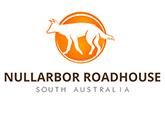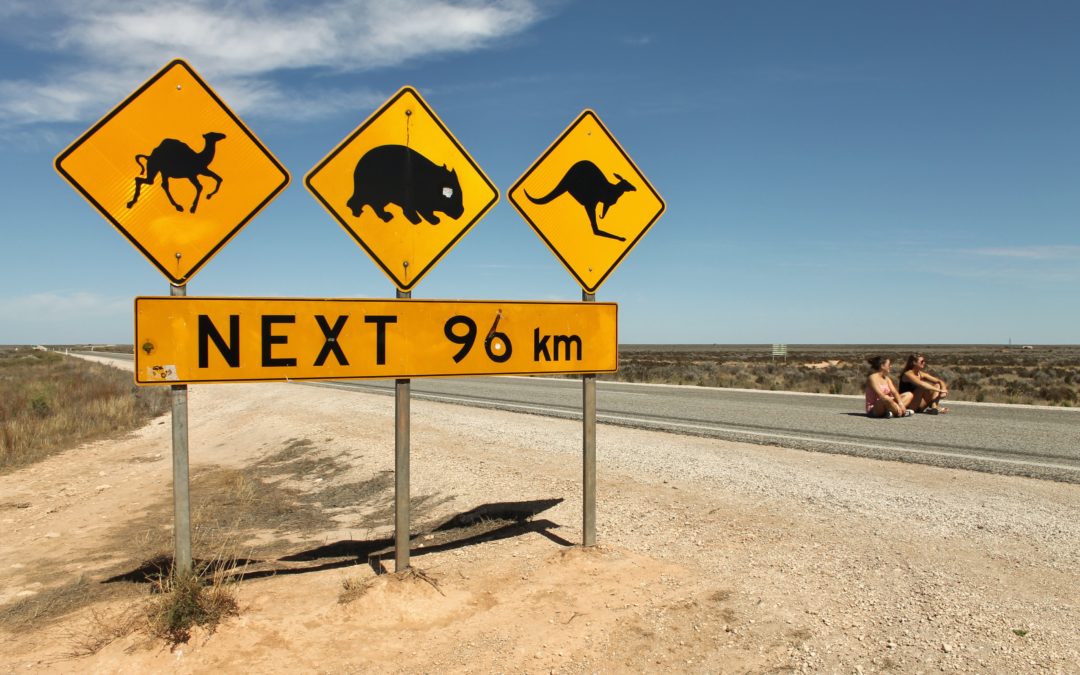The Eyre is a long road: a place that seems to (and could, quite literally) drag on for days. In between roadhouses and pit stops, the road seems to just stretch out endlessly through the horizon with nothing but the vast, brown desert on the left and on the right. Every traveller is prepared for the boredom on the road—keeping focused, dealing with the extreme temperatures and the mirages.
That is, until they see one of the biggest, baddest machines roaming the roads, a common sight in the Eyre: the road train.
What are Road Trains?
Imagine a 200-ton colossus, 11 trailers, 120 wheels! Words can’t really do it justice – have a look for yourself.
A road train consists of a conventional tractor unit, but with multiple trailers or semi-trailers. They’ll carry all sorts of loads like livestock, fuel, mineral ores they can be set up to haul just about anything.
The road train as we know it was invented by Kurt Johanssen after he was challenged to transport 100 head of cattle instead of the usual 20. He was provided with financing that amounted to a couple of thousand pounds, and was inspired by the tracking abilities of the Government road train.
Two years later, Johanssen’s first road train was up and running. His self-tracking trailer system allowed a prime mover to pull several trailers at once, revolutionising the method of getting cattle to markets from the outback stations, and by extension, the way freight is moved around the world.
Dancing With the Kings of the Road
Just by sheer size—triple (three-trailer) and AB-Quad road trains have a maximum combined length of 53.5 m—road trains can quite literally dominate roads. The Australian national heavy vehicle speed limit is 100 km/h. Now, imagine driving through the Eyre and encountering one of these giants after a long stretch of quiet road: dust clouds appear on the horizon, and the ground starts shaking. A writer from HubPages even experienced having the rubber and metal trimming around the car’s windshield sucked out by the mere suction of the train rolling past.
So how do you go about dancing with the kings of the road?
- Slow down and pull over. If you see (or feel) a road train approach, immediately slow down and pull over, because road trains won’t slow down for you. If you’re cycling, well, cycle as far off the road as possible, and stay there until the road clears again.
- Don’t speed. Stick to the speed limit. You need to have your wits about you when one of these monsters flies past.
- Patience is a virtue. If a truck driver is blocking traffic, don’t honk and honk. Keep calm. What they’re doing is a feat: watch, and you might even learn a thing or two. Do not overtake a road train.
- Don’t loiter. The thought of driving right beside this mammoth of a mechanical wonder might be exciting to some, but fight the urge. Don’t loiter. Sitting next to a road train for an extended period of time increases the chance that the driver can’t see you.
- The rule of thumb: Travelhappy.org advises, “if you can’t see the driver’s face in their mirrors, they can’t see you.”
- On unsealed roads—well, more patience. If you are driving behind a road train on unsealed roads, slow down. The dust they stir will obscure your vision anyway. Turn on your headlights so the driver knows you are there. Outback Australia adds, “pull over and have a coffee break. It’s no fun to drive behind a road train on an unsealed road.”
- Be courteous. If you meet road train drivers in our roadhouse, or if you’re camping and a road train passes by, wave say g’day. It’s tough driving on the Eyre—everybody can use a bit of sunshine!
Nullarbor Roadhouse is the perfect refuge from the challenging Eyre road — and the perfect place to learn more about the area. Contact us! We’ll be happy to show you around!


